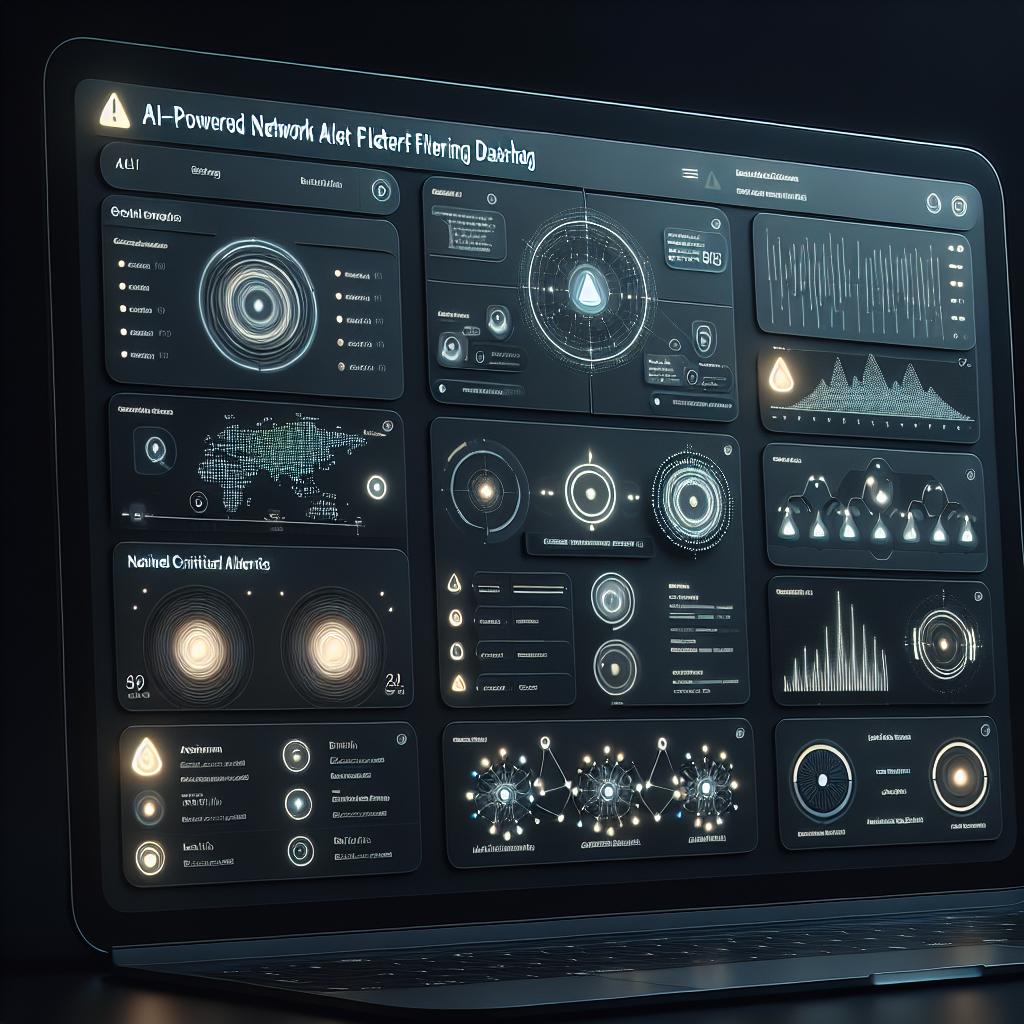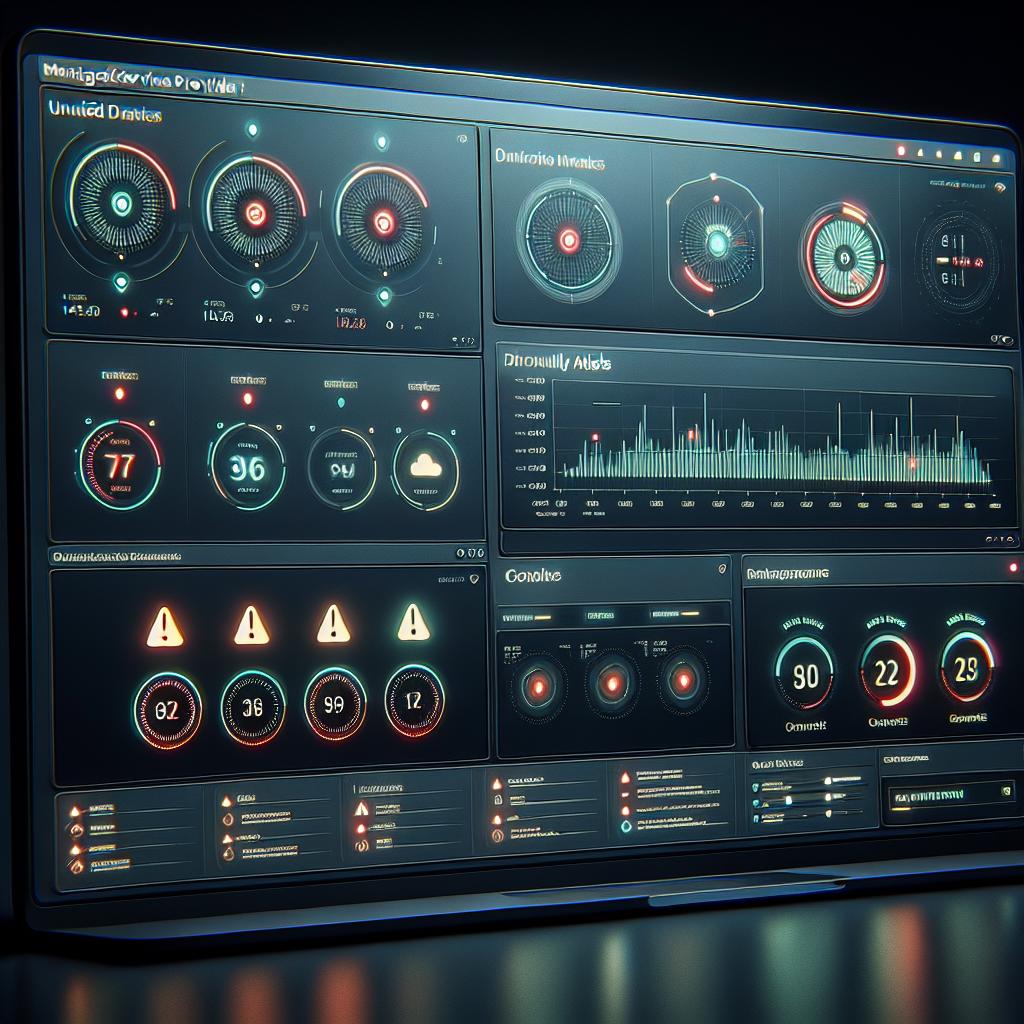In today’s fast-paced IT environments, security teams are flooded with network events and potential threats. But most of those alerts turn out to be “false positives”—routine blips mistaken for real risks. In this scenario, we’ll walk you through how a user leverages the Quantum Network Monitor Assistant to dramatically reduce alert noise using built-in machine learning features. You’ll see the tools in action via a realistic user-assistant conversation.
Let’s begin: the user wants only the most critical alerts, not a barrage of notifications every time a server is briefly unreachable or when a non-threatening SSL warning pops up.
User: My security alert emails are overwhelming. I want only critical, high-confidence alerts from my monitored hosts. How can I use the assistant’s AI to filter out noise?
Assistant: Great goal! The Quantum Network Monitor Assistant incorporates machine learning-based filtering behind the scenes—continuous learning from historic patterns, reducing alerts for transient or low-impact events. Let’s review your currently monitored hosts and alert configurations to ensure they’re using the optimal AI alert tuning.
First, I’ll display your list of monitored hosts and their configurations to check if AI-powered filtering is already enabled.
Function Call:
```json
{
"name": "functions.get_host_list",
"arguments": {
"detail_response": true
}
}
After fetching this information, the assistant reviews each host’s configuration. If any are missing AI-driven alert options or have overly sensitive thresholds, the assistant recommends tuning or upgrades.
Assistant: Here are the hosts currently monitored. For any you want to reduce false positives on, we can adjust the alert thresholds or enable advanced AI filtering.
User: My main web server gets the most false alarms, especially for brief network hiccups. Can we make its alerts more AI-driven?
Assistant: Absolutely. I’ll update its configuration now, strengthening machine learning filters so only persistent or correlated incidents (not fleeting glitches) generate alerts.
Function Call:
```json
```json
{
"name": "functions.edit_host",
"arguments": {
"detail_response": true,
"address": "your-webserver.example.com",
"enabled": true,
"timeout": 60000 // Increase timeout (ms) to ignore very short disruptions
}
}
(The assistant confirms and applies machine learning-driven filtering settings that suppress short outages and suspicious but uncorrelated failures.)
User: What about getting alerted only if there are multiple consecutive drops, not just one?
Assistant: That’s part of our AI alert aggregation! The assistant’s backend auto-increases the “alert confidence” threshold using ML. You’ll only get notifications for issues that recur within a short time window or that are part of a larger suspicious pattern.
User: Can I see what kinds of events were filtered as “non-critical” in the last week?
Assistant: Definitely! Let’s fetch the monitoring data, showing which events triggered actual (critical) alerts versus those filtered as benign by the AI.
Function Call:
```json
```json
{
"name": "functions.get_host_data",
"arguments": {
"detail_response": true,
"address": "your-webserver.example.com",
"date_start": "2025-05-20T00:00:00",
"date_end": "2025-05-27T00:00:00"
}
}
The assistant presents a breakdown: critical alerts that reached you, and lists of events the AI dismissed as routine fluctuations.
Summing Up
By tapping into the Quantum Network Monitor Assistant’s machine learning engine, the user set smarter thresholds, increased confidence levels, and enabled aggregation—transforming a flood of noisy alerts into a focused, manageable set of notifications that matter.
Ready to reduce false positives and reclaim your inbox? Try the Quantum Network Monitor Assistant today and experience AI-powered alert clarity!



